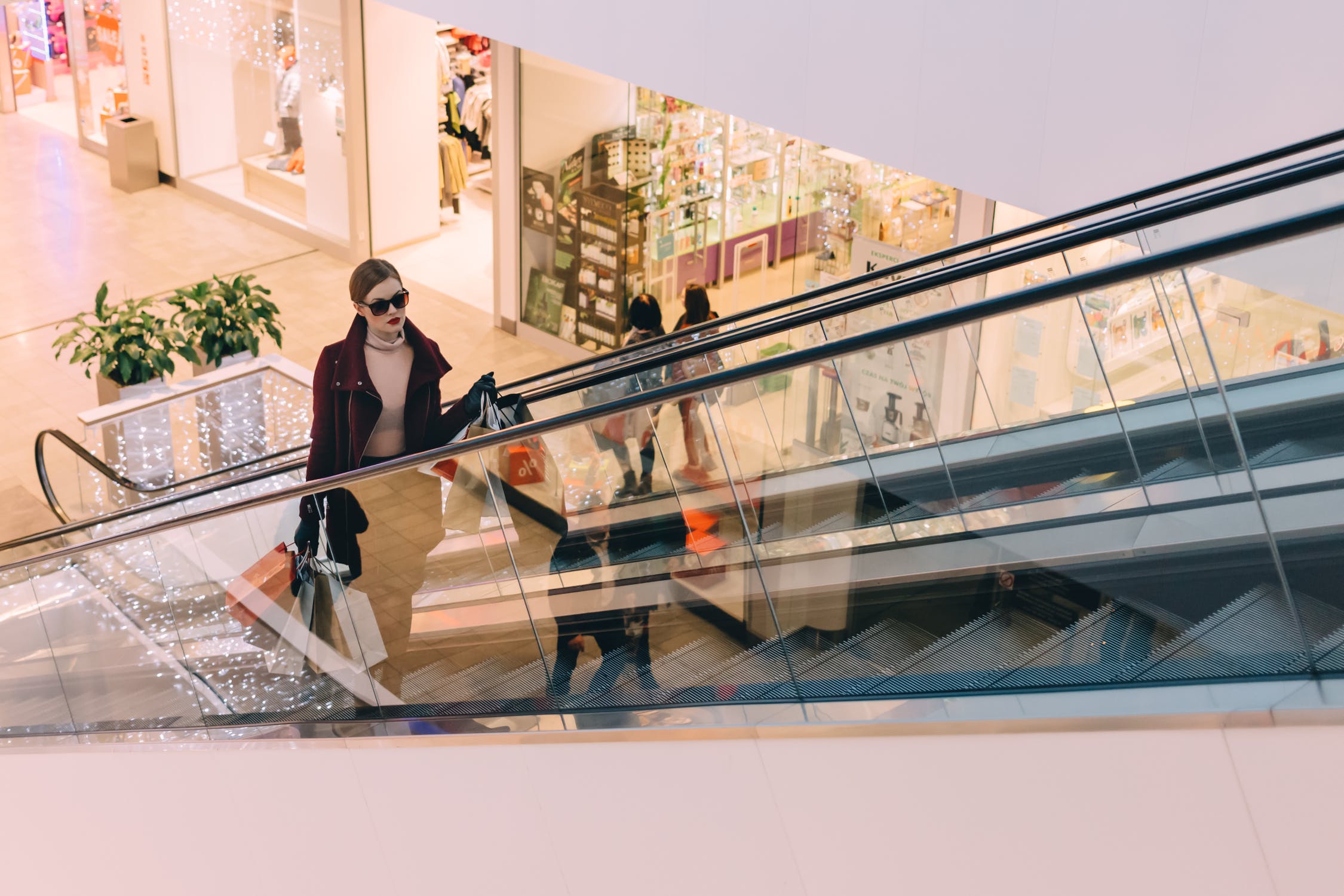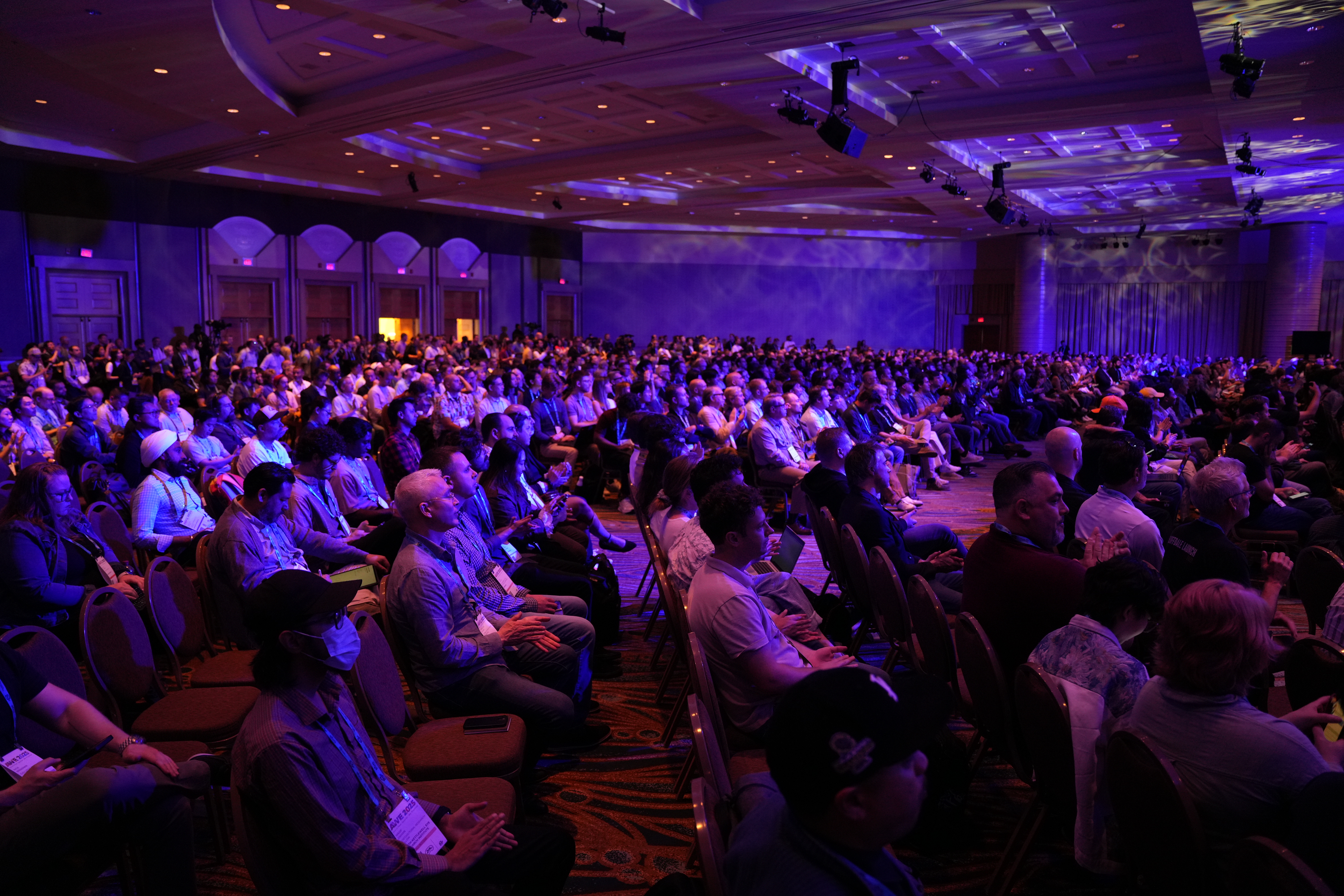How Augmented and Virtual Reality Will Change the Future of Retail - and How Khronos is Helping Lead the Charge
By Guest Writer Shrenik Sadalgi, 3D Commerce Working Group Chair, The Khronos Group and Head of Next - Far Future R&D, Wayfair
When people think of augmented and virtual reality (also known as AR/VR or, more commonly, XR when referred together), video games that are futuristic and larger than life usually come to mind. But as a platform, XR actually has the potential to be more profound than just next-level entertainment; in fact, the burgeoning technology is rapidly disrupting many diverse industries.
For example: Firefighters are using XR innovations to train; surgeons are gaining "real-world" medical experience by leveraging the technology; and factory workers are redefining manufacturing with AR as a helping hand. In commerce especially, XR is powering more engaging experiences than ever previously possible.
XR is Changing the Future of Retail
Retail is another market that is quickly seeing new XR innovations bring about radical change for the industry's future. And when you zoom out from XR, you'll find that it's actually 3D--a medium that's quickly proving itself game-changing for the retail industry--that's powering these modern experiences. Digital 3D itself is not new, but computing power, network bandwidths, and display technologies are all enablers that are leading to newer interaction paradigms to make 3D experiences ubiquitous.
Together, XR and 3D applications are positioned to completely change the entire experience of shopping by enabling consumers to view and interact with virtual products in real spaces or virtual showrooms.
For example, in a retail world of XR and 3D, merchandising can be enhanced with 3D experiences, where consumers will be able to fully see and experience a product online to get a full understanding of it before deciding to make a purchase. This additional context is incredibly helpful in high-consideration categories, such as furniture, resulting in a powerful in-your-space shopping experience.
New XR and 3D innovations enable retailers to create richer presentations of their products than ever before across a diverse set of platforms, including advertisements, search results, websites, apps, and more. By being able to create more broad brand experiences that enrich the shopping experience and deliver more valuable information for purchasing decisions for consumers, retailers will be able to leverage XR and 3D to better build brand loyalty and drive more revenue.
Turning the Retail Experience 3D
In order to realize this future of an XR and 3D-rich retail landscape, the industry will have to discern how to best scale production and achieve broad distribution of these virtual applications--and this is no small undertaking.
When you shop online, think of the innumerable 2D images you see. Now imagine if each of those static images were transformed into a dynamic 3D representation. The results could be profound, but there are many roadblocks along the way to achieving this "future of retail."
For instance, there's no standard "JPEG" for 3D. The industry needs standards and guidelines so that 3D content can be experienced consistently across a variety of platforms and on a variety of devices. Other challenges that standardization can help address include optimizing industry workflows to minimize cost and bringing down the barrrier for entry for retailers and technologists alike.
Bringing this kind of radical change across the retail industry will require collaboration between many different retail and technology companies. The most promising effort so far has been by global open consortium The Khronos Group, which is aiming to establish the first equivalent of the JPEG for 3D.
Khronos has established the 3D Commerce Working Group to create open standards and guidelines for the production and distribution of real-time 3D representations of products. By aligning the industry for streamlined 3D content creation, management, and display in online retail, Khronos 3D Commerce is leading the charge to turn the retail experience into a 3D world.
Join us at Augmented World Expo (AWE) 2020
On May 27, 2020 at AWE in Santa Clara, California, members of the Khronos 3D Commerce Working Group will participate in a panel discussion on "How Augmented and Virtual Reality Will Change the Future of Retail--and How We're Going to Get There. The panel will comprise:
Boaz Ashkenazy, Founder and CEO, SimplyAugmented
Daniel Beauchamp, Head of VR & AR, Shopify
Sally Huang, Head of Visual Technologies, Houzz
Cynthia Maller, Director of Customer Magnetics, Walmart eCommerce
Toni Parisi, Global Head of AR/VR Ad Innovation, Unity Technologies
Learn more about AWE here.
Shrenik Sadalgi is an ideator, a futurist, a thinker-doer and a technologist. Shrenik serves as Chairman of the Khronos 3D Commerce Working Group, a group of leading retail and technology companies exploring the opportunity to accelerate the adoption of 3D experiences by establishing a set of universal standards for platform-agnostic 3D model creation and distribution. Shrenik is also head of Wayfair Next, where he leads the exploration of far-future R&D for Wayfair and where he's pioneering the future of retail and home by leveraging emerging technologies.




